How the Shoreham air show disaster unfolded
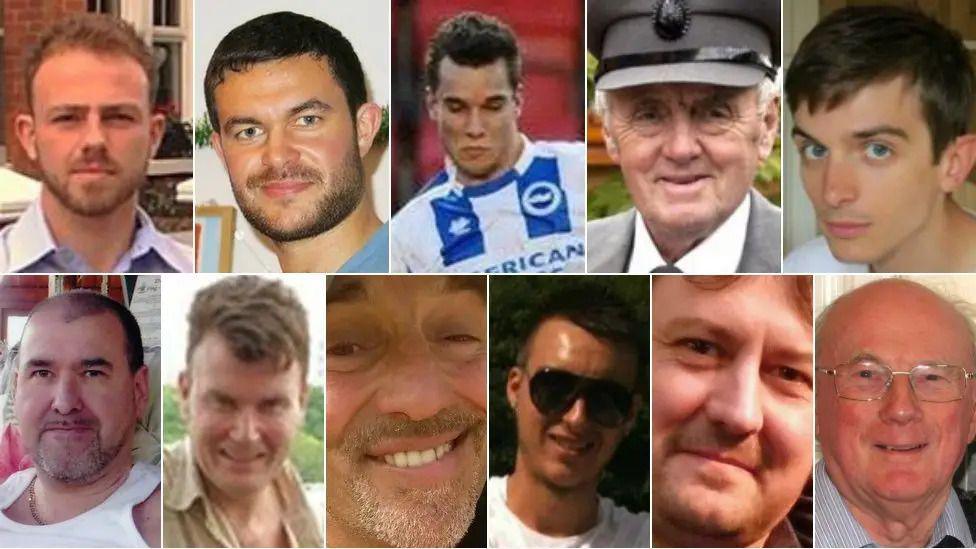
The 11 men who died were (top left to bottom right): Matt Jones, Matthew Grimstone, Jacob Schilt, Maurice Abrahams, Richard Smith, Mark Reeves, Tony Brightwell, Mark Trussler, Daniele Polito, Dylan Archer, Graham Mallinson
- Published
A summer's day which began as any other but ended in tragedy - the Shoreham air show disaster was a moment that changed the town forever.
Eleven men were killed on 22 August 2015 when pilot Andrew Hill crashed a vintage Hawker Hunter jet on to the A27 while attempting to perform a mid-air stunt.
Mr Hill, who was blamed for the men's deaths at an inquest but cleared of manslaughter, still claims he has no memory of the crash or the days before it.
So 10 years on, the BBC looks back at exactly what happened in the moments leading up to one of darkest points in West Sussex's history.
The day before
Mr Hill was an experienced pilot, having accumulated 14,249 flying hours thanks to careers in the RAF, as a commercial jet pilot for British Airways and as a civilian pilot trainer.
He had been authorised to fly in displays since 2008 and told air crash investigators he would normally spend the evening before performances studying notes about the operation of the aircraft and its limitations.
He would then liaise with engineering staff at North Weald Airfield, in Essex, where the Hawker Hunter plane was kept, to have it checked and prepared.
Timings would then be confirmed to ensure ground crews had everything ready for his arrival.

Mr Hill has maintained he has no recollection of the flight
The morning of the crash
On the morning of 22 August, Mr Hill flew his personal light aircraft into North Weald.
After landing, he carried out a pre-flight inspection of the Hawker Hunter and requested it was fully fuelled, before climbing into the left seat, securing the harness and donning his helmet.
Mr Hill was in good spirits and looking forward to the flight, according to staff at the airfield.
It was time for take off and the conditions were good. The sun was shining, there was no cloud beneath 5,000ft (1,524m), visibility was more than 10km (6.2 miles) and the temperature was 28C (82.4F).
The jet left North Weald at 13:04 BST and began its journey to the coast, a trip said to be "uneventful", before entering a holding position over the sea off Brighton.
After a few minutes, Mr Hill was cleared to begin his display and flew west along the coast to Shoreham, where he flipped the plane briefly. Investigators say this was probably to check nothing was lose in the cockpit before the main display.
The final moments
With the plane now back upright and the wings level, Mr Hill brought it down to 800ft (243m) and turned right, to the west of runway 02/20 at Shoreham.
He then flew along what's known as the display line - the closest point a plane can be flown to spectators - before commencing a Derry Turn.
The Derry Turn, shown in the graphic below, would turn out to be the last successful manoeuvre of Mr Hill's display.
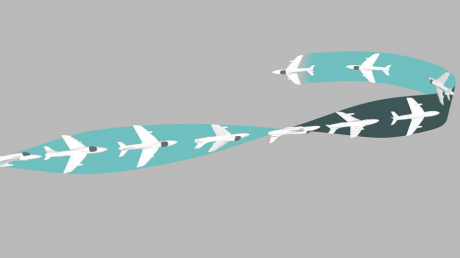
A graphic showing the Derry Turn performed by Mr Hill - his last successful manoeuvre before the crash
Once the Derry Turn was complete, Mr Hill began bringing the plane upwards to perform a loop manoeuvre.
The plane was upside down at roughly 2,700ft - but this was not enough height to complete the loop.
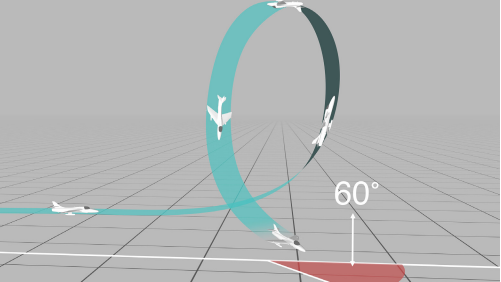
The AAIB found the plane was not high enough to complete the loop
It meant that while descending, at 13:22, the aircraft, with its nose up, crashed into the westbound carriageway of the A27 at the junction with Old Shoreham Road.
Eleven men died and 13 others, including the pilot, were injured.
Mr Hill had survived the crash after he was thrown clear from the wreckage.
He was taken to hospital and placed into an induced coma before being discharged a month later.
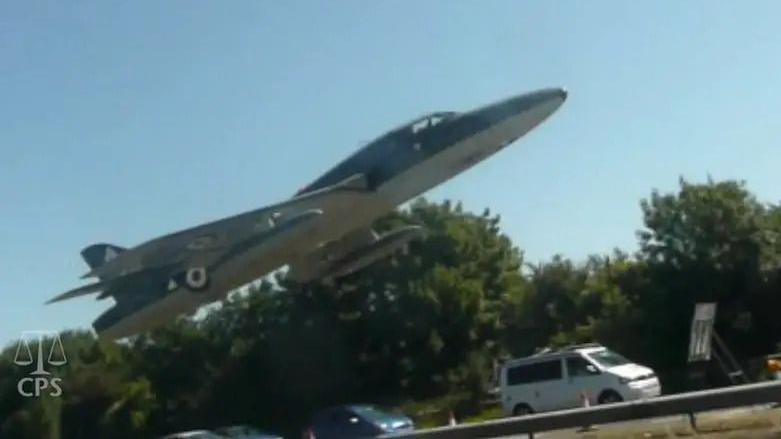
This image shows the second before the aircraft came into contact with the carriageway
What went wrong?
What followed the crash was a complex investigation to establish what had happened.
Mr Hill was interviewed by the Air Accidents Investigation Branch (AAIB) but said he could not recall events between the evening of 19 August and regaining consciousness in hospital.
It meant he was unable to describe anything that happened on the day.
The pilot also claimed he had blacked out due to G-force, however this was found to be false as two cameras fitted inside the aircraft found he was conscious and the plane was responding to his control inputs.
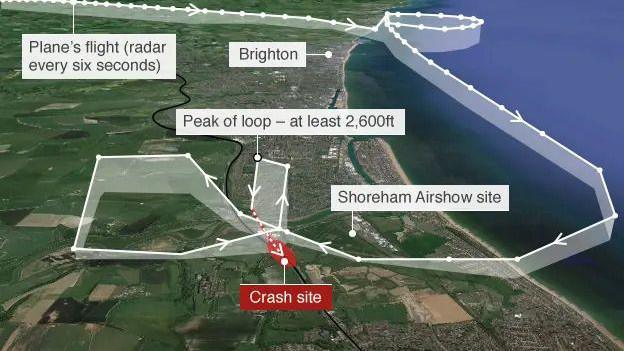
This graphic shows the flight path taken by Mr Hill at the airshow
The AAIB inquiry concluded the crash could have been avoided and was caused by pilot error when Mr Hill flew too low and too slowly while carrying out a manoeuvre.
Investigators found the following points contributed to the crash:
Mr Hill did not see that an escape manoeuvre was necessary, or did not realise that one was possible at the speed achieved at the apex of the manoeuvre.
He had not received formal training to escape from the manoeuvre in a Hunter and had not had his competence to do so assessed.
He had not practised the technique for escaping from the accident manoeuvre in a Hunter and did not know the minimum speed needed to carry out the escape.
A change of ground track during the manoeuvre meant the aircraft was further east than planned, producing an exit track along the A27 dual carriageway.
The manoeuvre took place above an area occupied by the public over which the organisers of the flying display had no control.
The severity of the outcome was due to the absence of provisions to mitigate the effects of an aircraft crashing in an area outside the control of the organisers of the flying display.
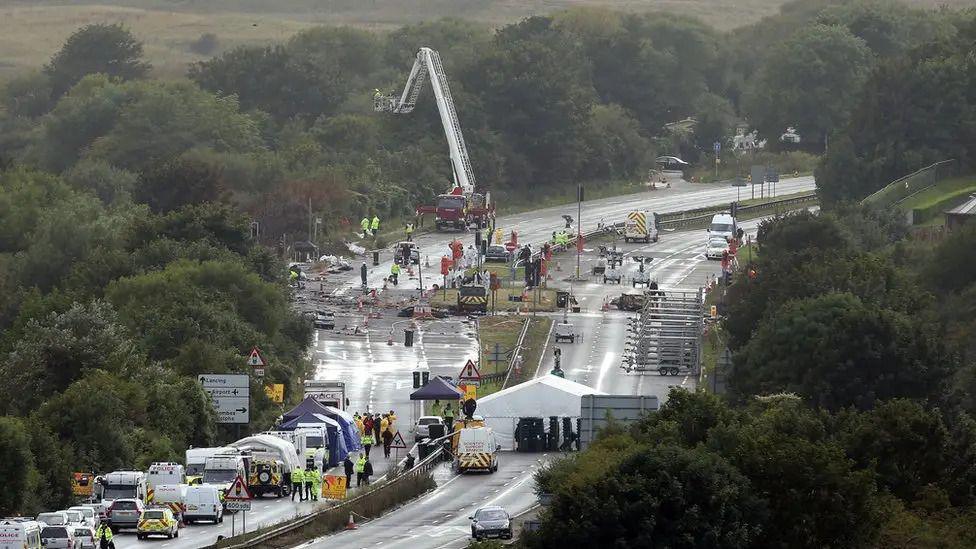
A coroner found the 11 men died unlawfully because of how the plane was flown, but Mr Hill was cleared of manslaughter by gross negligence
The following years
In 2019, Mr Hill faced charges of manslaughter by gross negligence at the Old Bailey, but was cleared by a jury.
Three years later, a coroner blamed Mr Hill for the deaths of the men, saying they had been killed unlawfully due to the way the pilot had been flying the plane.
In 2024, he appealed against a decision by the Civil Aviation Authority to take away his pilot licence. His appeal failed.
But in March this year, the same year the families were preparing to mark the deaths of their loved ones, Mr Hill took his case to the High Court for a Judicial Review.
Two months later, the Judicial Office said it had refused permission for the review.
It means Mr Hill will never fly again.
Anthony Mallinson, who lost his father James Graham Mallinson, in the crash, said: "This will hopefully now enable us after nearly 10 years to finally be able to grieve for all of our loved ones in peace.
"We would now ask Mr Hill to fully respect that."
BBC Sounds series: Shoreham 10 years on
If you have been affected by any of the issues in this story you can find information and support on the BBC Actionline website.
Follow BBC Sussex on Facebook,, external X, external and Instagram., external Send your story ideas to southeasttoday@bbc.co.uk, external or WhatsApp us on 08081 002250.
- Published22 August
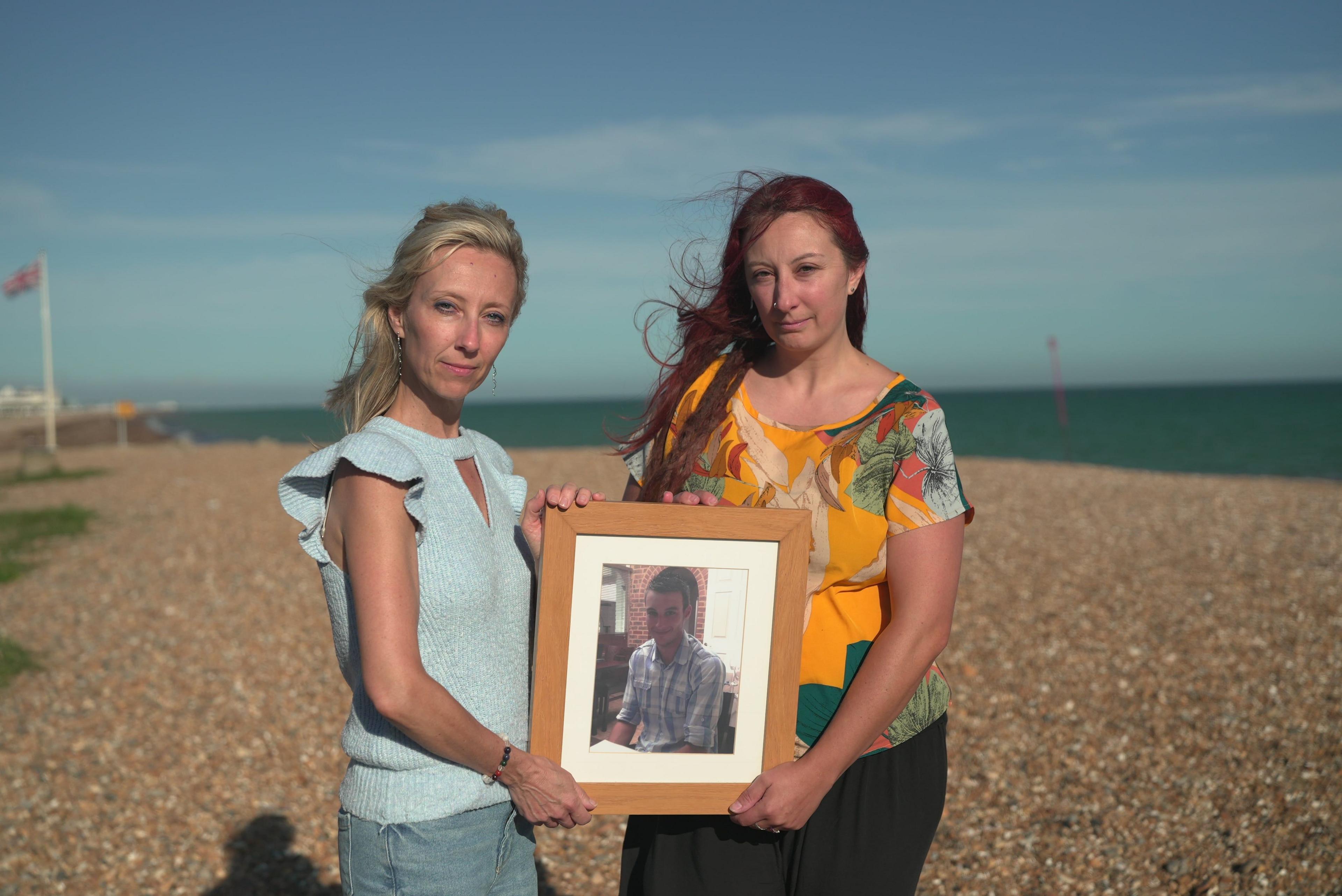
- Published2 October 2024
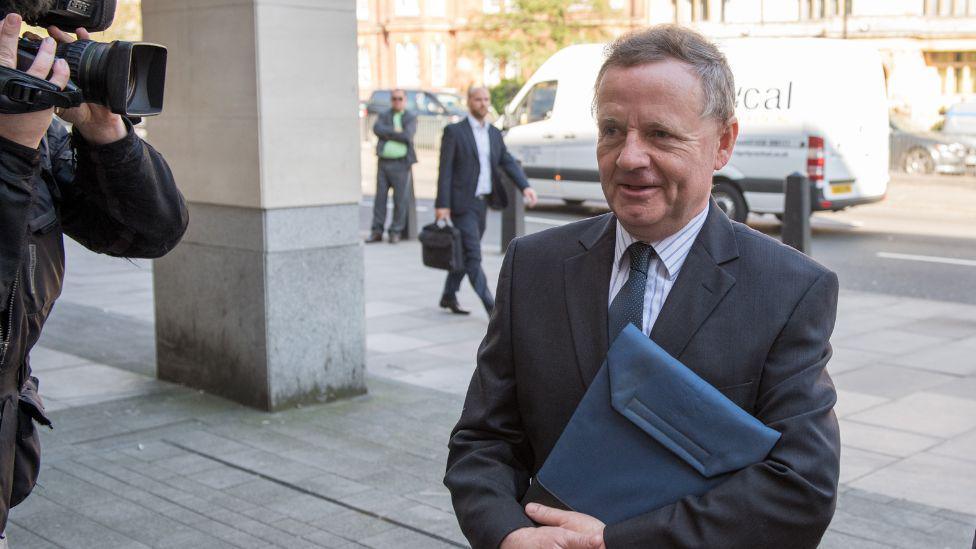
- Published20 December 2022
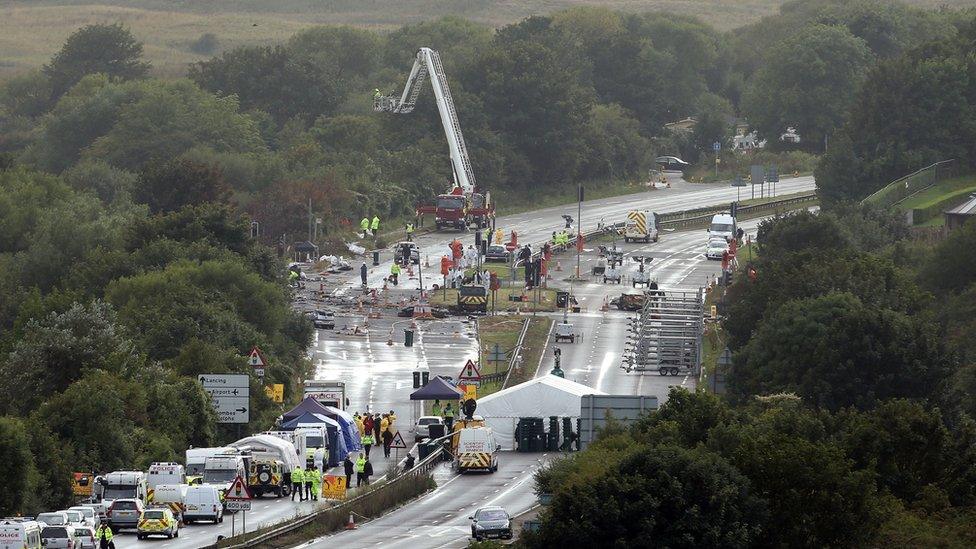
- Published8 March 2019
